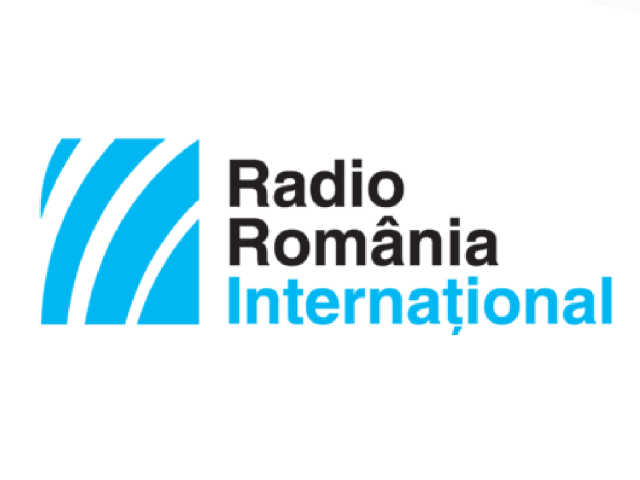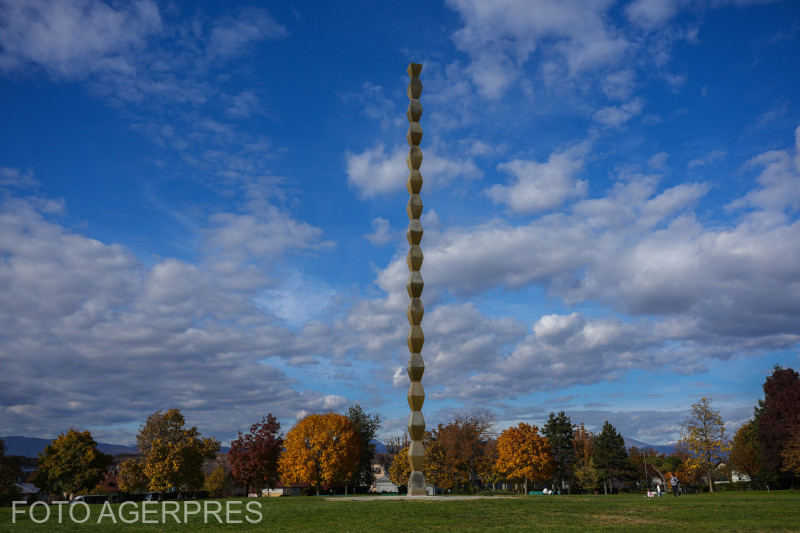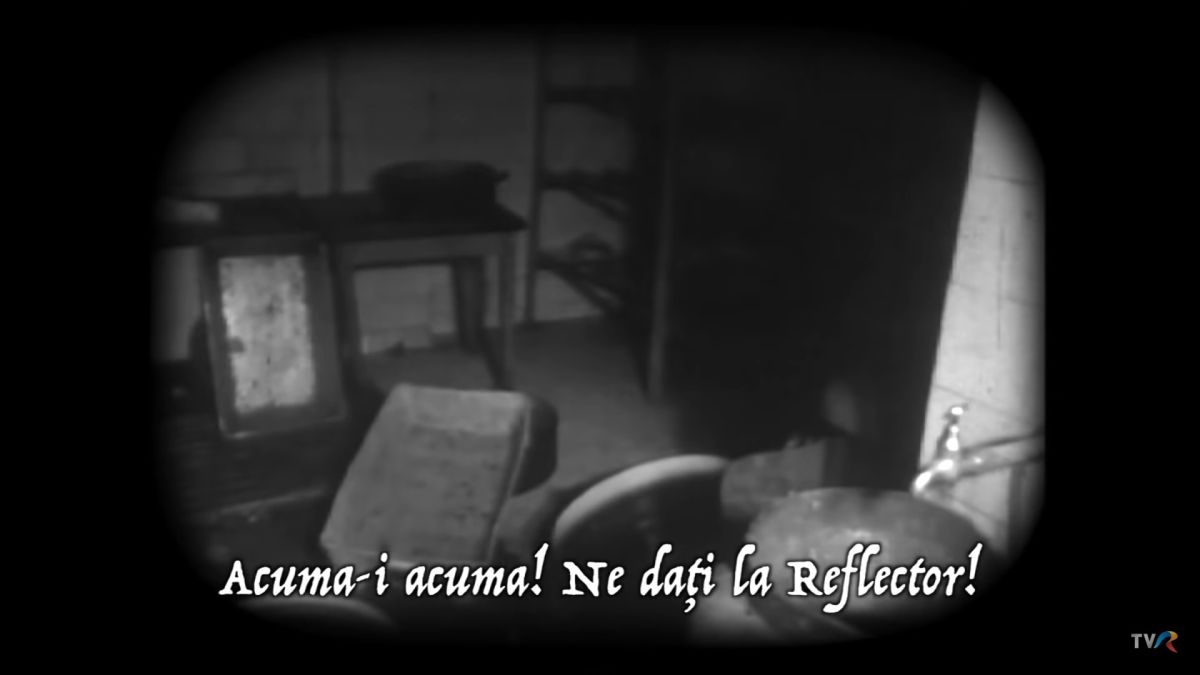Constantin Argentoianu
Argentoianu came from an old boyar family, and he read law and medicine in Paris

Steliu Lambru, 22.02.2021, 13:17
Romanian politics between the wars was diverse, involving people who were more or less principled. Among them were the ones that are called nowadays climbers, people swinging from one party to another. One of them was jurist and physician Constantin Argentoianu.
Born in 1871 in Craiova, Argentoianu came from an old boyar family of Oltenia. He read law and medicine in Paris. However, he was attracted by politics, and aspired to positions greater than he could have reached by fair competition. His whole political career was dominated by clinging to a highly visible character, and making controversial decision. In 1913 he started being visible in the ranks of the Conservative Parties, the first of a long list of parties he would join.
Historian Ioan Scurtu wrote a biography of Argentoianu, describing the meandering career of our protagonist, which started after WWI in the new Greater Romania:
His vision was that the Conservative Party no longer had a future. And then he sought a future for himself, and that was on the side of General Averescu, who enjoyed enormous popularity, since he was victorious in leading the battle at Marasti. When, in April 1919, Averescu decided to set up the League of the People, Argentoianu was among Averescus close associates. He had an important role in promoting the generals cult of personality. As a minister of the interior, he stood out by arresting the delegates at the Socialist Party congress of May 1921. And, to the stupefaction of ministers, when the arrest of delegates had been wrapped up, he said that communism was over in Romania. Of course, his vision was rather precarious, since he ended up succumbing to communism.”
After Averescus popularity waned, Argentoianu decided he needed another political companion.
“He called a congress of the Peoples Party, which proclaimed him president. However, too few followed him, and his party turned out to be feeble, so he sought an alliance with someone else to bring up its fortunes. Who did he find? Nicolae Iorga. The very one who, when he was interior minister, bored and annoyed, he had threatened with a punch in the mouth if he didnt stop talking. However, he managed to placate Nicolae Iorga in 1924. He visited Iorga at home, and talked about the latters literary work. He recited whole passages from Iorgas theater plays, and from his historical writings. Iorga was absolutely delighted by such profound understanding of his work.”
More parties made their way in Argentoianus list: The Nationalist Peoples Party, the National Peasant Party, and he finally ended up joining the one he disliked so much, the National Liberal Party led by Ion. I. C. Bratianu. Here is Ioan Scurtu:
“In 1930, Argentoianu resigned from this party, and became a supporter of the new king, Carol II, who had declared himself against all parties. Argentoianu ran a whole campaign against political parties who supported the kings project, and was not a member of any party. Iorga ran on the same idea. In April 1931, the Iorga government was formed, having as a main collaborator Constantin Argentoianu. He became the finance minister and decided to solve the crisis. How did he solve it? By not paying public servants. Of course, this created an extremely negative atmosphere. Argentoianu was convinced that his solution was perfect. In the end, the king had to get rid of this government in May 1932.”
Argentoianu was not one to give up so easily. He made another party for himself, the Agrarian League, with no success whatsoever. Fairly predictably, in 1938, when King Carol II set up his personal authoritarian regime, Argentoianu was still a member of the kings camarilla. Seen with hostility by the Marshall Antonescu regime, after the fall of Carol II, Argentoianu retired from public life. In 1944 he left for Switzerland, where he stayed until 1946. However, his career was not yet over. Here is Ioan Scurtu:
“To everyones surprise, Argentoianu, who in his memoirs seems so clairvoyant and sure of himself, returns to the country. Between 1945 and 1946, after the installation of the Groza government, the old politicians left the country in droves, knowing that another regime was coming, and they may bear the consequences. But Argentoianu was living under the illusion that the great powers, the leaders of the USSR, UK, and the US, would want to have in Romania an experienced politician who knew how to lead the country. As a base, he created his own party, the National Union for Work and Recovery. He suggested to his followers that, once he was unable to be in politics any more, too old and feeble, they should merge with who? Precisely with the Ploughmens Front. So we can see what Argentoianus ultimate political vision was: to merge with the Ploughmens Front, whose chairman was Petru Groza, the PM of Romania who was rapidly heading to Sovietization.”
Jailed by the communist regime, which was hardly impressed by his political offer, Argentoianu perished in the Sighet prison in 1955, at 83 years of age.






























